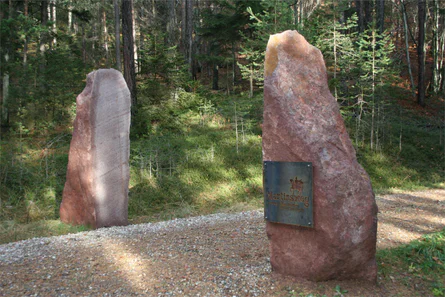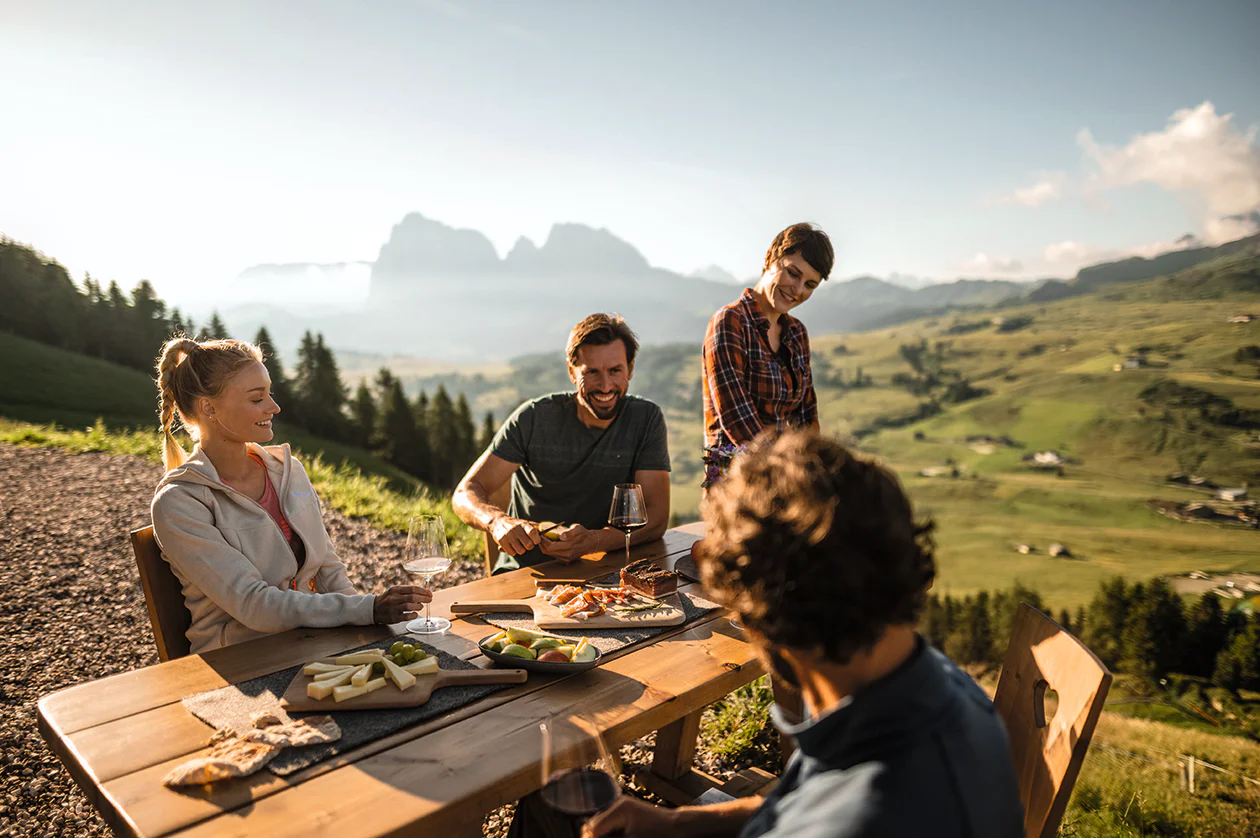Hiking up to see the Stoanernen Mandln, which translates roughly to ‘Men of Stone’, is quite a popular excursion.
The stone men are located atop a remarkable knoll on Alpine pasture and tower at an elevation of 2,000 metres above the municipality of Tschögglberg mountain plateau, looking out over the Sarentino Alps. Human figures made of stone such as these can also be found in other parts of South Tyrol: they served as a landmark frequently or were simply built by shepherds to pass the time.
Prehistoric flint tools and stone carvings have been found at the Stoanernen Mandln, however, demonstrating that this stone knoll has served as a passage from the Adige Valley into the Sarentino Valley for millennia.
Mythology and Witchcraft:
Myriad tales are linked to this place. In early modern times, people believed witches met with the devil up there, celebrating wild festivals, changing the weather, and sending strong thunderstorms down into the valley.
Tip: Sunrise and sunset hikes.












































































































